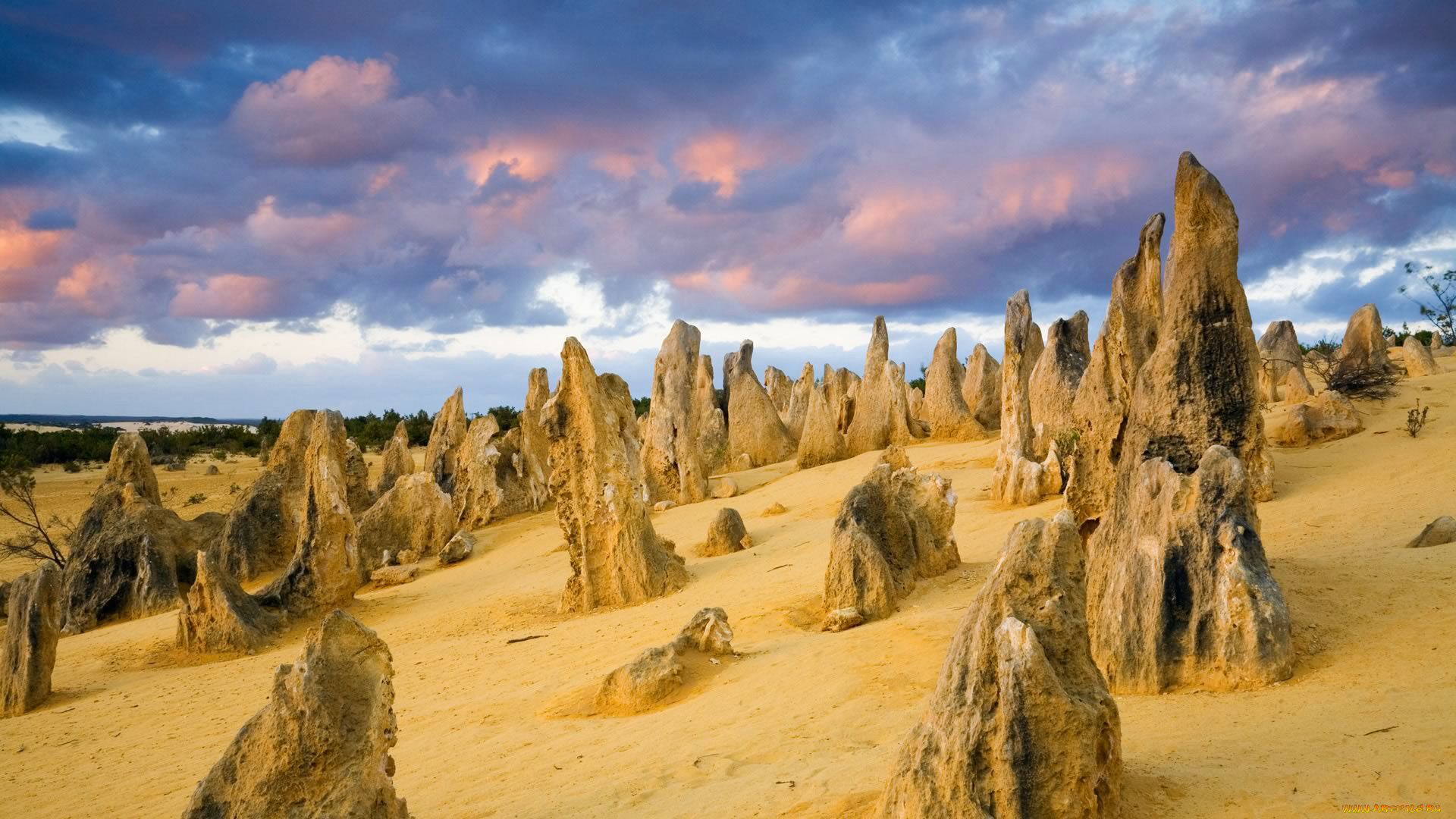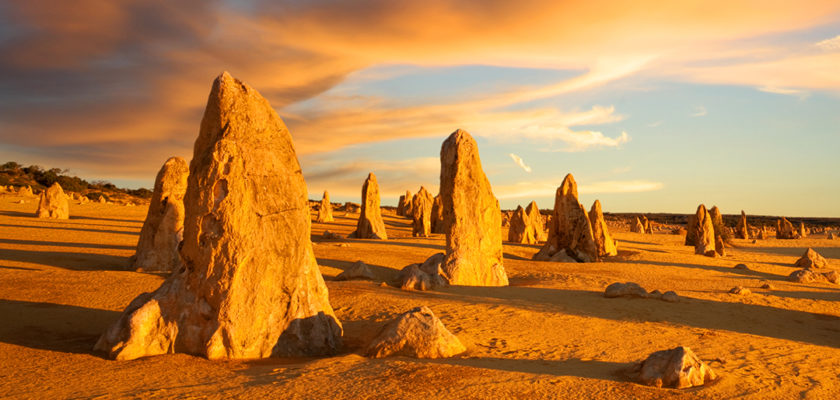Some of the most interesting landscapes in the world are in the most desolate, dry regions of the world. From magnificent sand dune fields and vast expanses of sun-reflecting salt to gargantuan rock formations. As deserts cover almost one third of the Earth’s land surface this list features only a tiny selection of these magnificent desert landscapes.
Erg Chebbi
Located in the Sahara Desert, the Erg Chebbi dunes are one of the top attractions in Morocco. The awe-inspiring dunes are as high as 150 meters tall, and one certainly feels small in their shadows. Excursions to the dunes normally start from the village of Merzouga which is located on the edge of the erg. Camel trekking is the most popular option although it isn’t the most comfortable way of traveling.

McMurdo Dry Valleys
With an annual precipitation of only 200 mm (8 inches) along the coast an even less inland, Antarctica is considered the largest desert on Earth. Antarctica’s most extreme desert region is the McMurdo Dry Valleys. Even though the Valleys are nestled in an ice-covered continent, they have have been ice-free for thousands of years.
The harsh katabatic winds blow through the desert at speeds of up to 320 km (200 miles) per hour with a force capable of evaporating all moisture. Consequently, the McMurdo Dry Valleys are considered to be the earth’s closest equivalent to the surface of Mars.

Nazca Desert
The Nazca Desert occupies a strip along the northern Pacific coast on a high arid plateau. The famous Nazca Lines are located between the towns of Nazca and Palpa. Created between 200 BC and 700 AD the figures range from simple lines to stylized spiders, monkeys, fish, llamas, lizards and human figures.
The lines were created on such a large scale that it wasn’t until the 1920’s, when Peruvian airlines started to fly from Lima to Arequipa, that the lines were recognized as figures. The dry, windless, stable climate of the Nazca Desert has helped keep the lines uncovered to the present day.
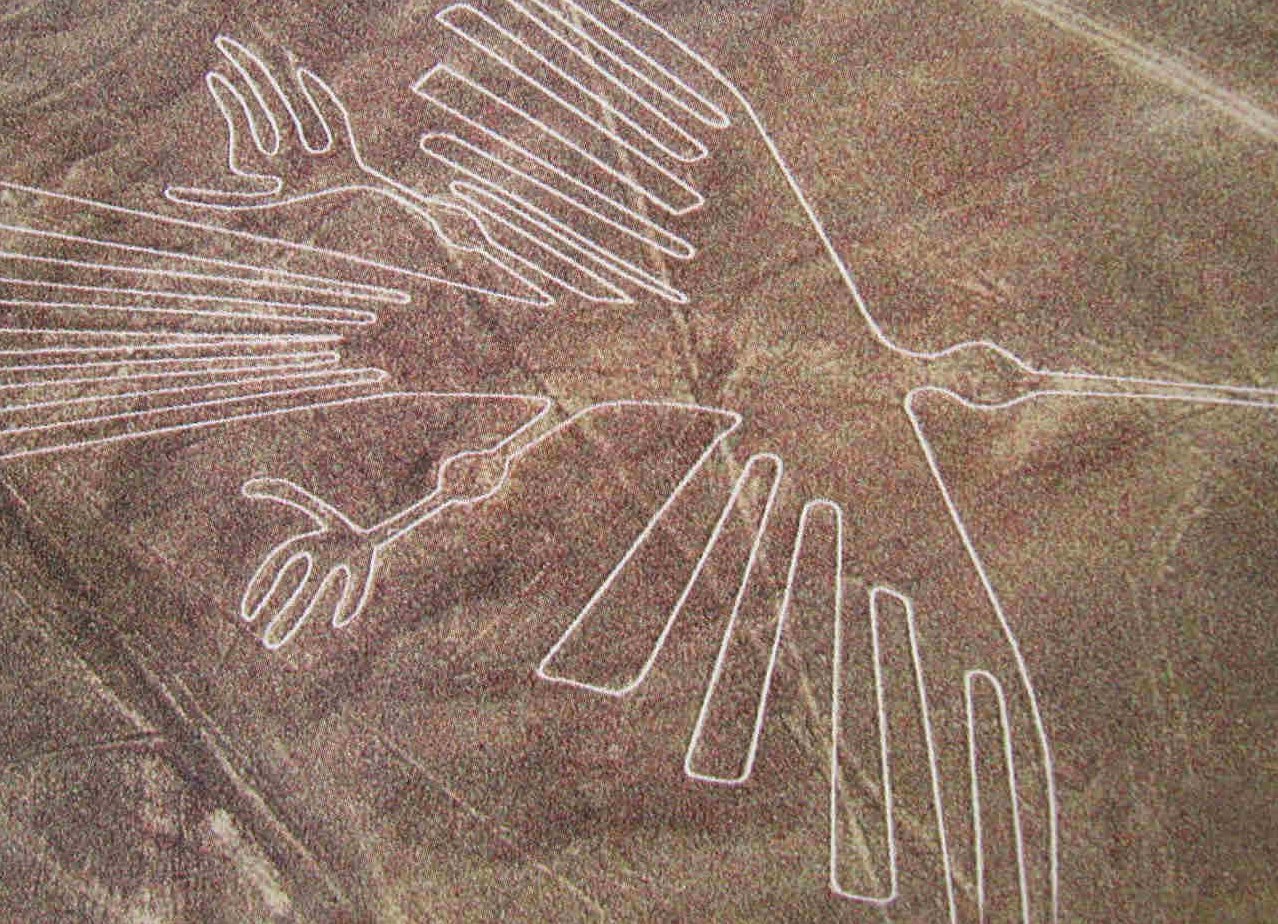
Valle de la Luna
Valle de la Luna is located in the Atacama Desert in Chile. This breathtaking desert landscape is the result of centuries of winds and floods on the sand and stone of the region. The large sand dunes and stone formations mimic the surface of the moon, giving the region its name, which translates to “Valley of the Moon”.
The unique color of the landscape, caused by the way the salt formations reflect the sunlight, makes the Valle de la Luna a beautiful, changing spectrum of bright blue, green, yellow and red colors.
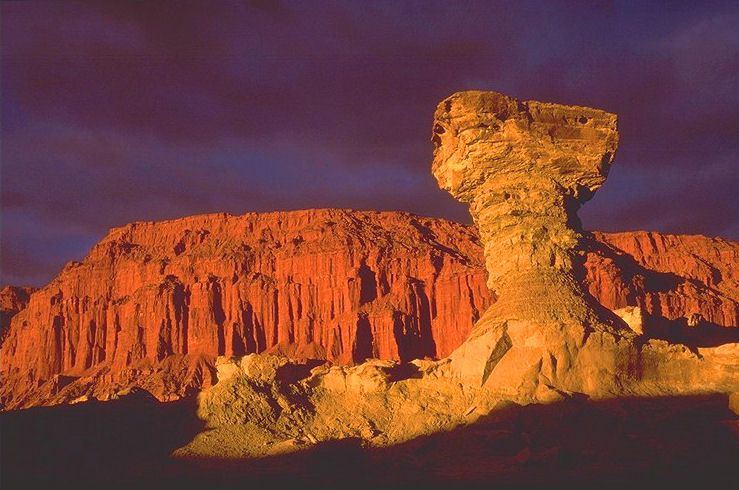
Death Valley
Death Valley is an imposing, diverse landscape that stretches across parts of Nevada and California. It is known as the lowest, driest, and hottest location in North America. Death Valley has recorded temperatures as high as 130 degrees.
From snow-capped mountains to colorful sand dunes, the unique desert landscapes of Death Valley are like no other place in the United States. Places of interests include the scenic area of Zabriskie Point and the mysterious moving stones of Racetrack Playa.
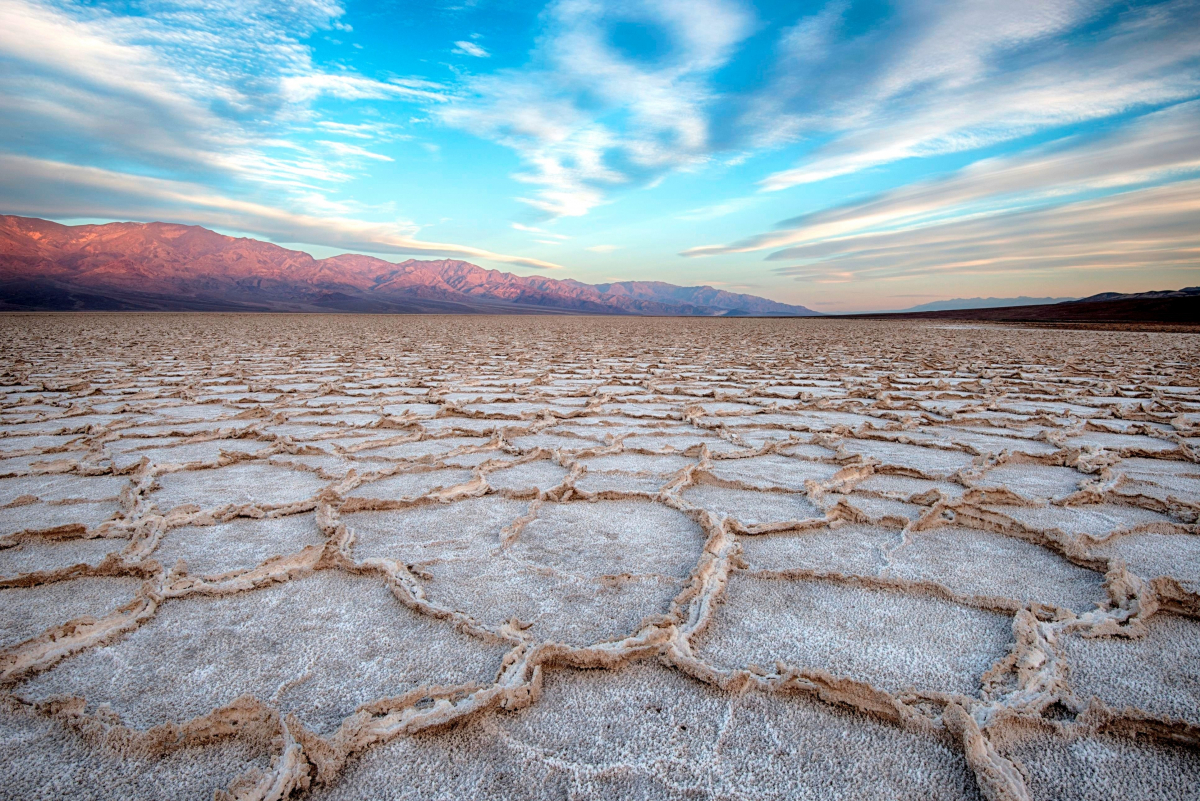
Salar de Uyuni
Located in the Andes Mountains of Bolivia, Salar de Uyuni is the largest salt flat in the world. The expanse of salt creates an unending white landscape during the dry season, but the area is most breathtaking in the rainy season when it is covered in water. The reflection of the blue sky creates an even more surreal landscape although some people insist on seeing the salt.
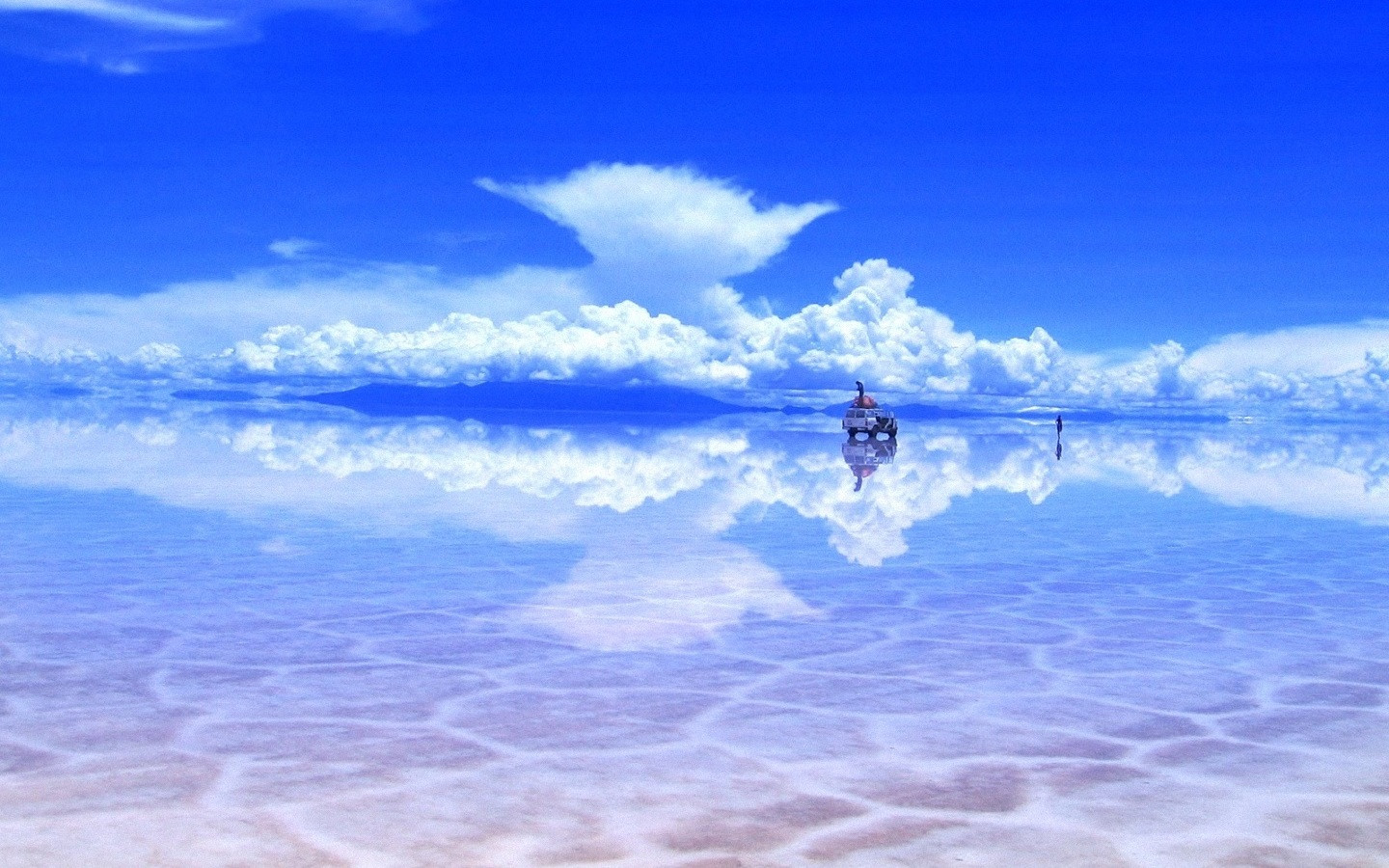
The Pinnacles Desert
The Pinnacles Desert is in the Nambung National Park in Western Australia. Its unusual finger-like limestone formations among vast sand dunes create a strange, mystical appearance. With the movement of the sun, these formations cast eerie shadows across the desert. Surrounding wildflowers enhance the desert’s beauty from August to October.
